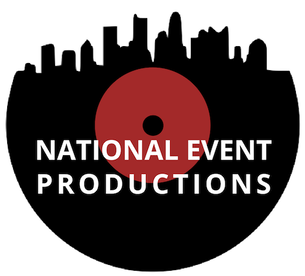Highlighting the Impact of Illumination Techniques on the Craft of Video Projection Mapping Techniques
Highlighting the Impact of Illumination Techniques on the Craft of Video Projection Mapping Techniques
Blog Article
Motion projection mapping is an exciting creative form that merges tech and creativity to convert ordinary spaces into extraordinary sight exhibits. This technique involves casting images and footage onto three-dimensional elements, such as structures, artworks, or platforms. One of the most crucial factors in creating successful mapping is the use of efficient lighting methods. Proper lighting improves the visual components of the projection and guarantees that the images are crisp and engaging. This piece explores the influence of lighting methods on video mapping and how they can elevate the complete encounter.
Illumination plays a crucial role in video mapping because it establishes the atmosphere and feel of the exhibit. Different illumination techniques can evoke various emotions and responses from the viewers. For example, using soft, warm lights can create a welcoming environment, while vivid, cool lights may produce a more energetic or intense effect. By carefully selecting light hues and brightness, creators can influence how viewers perceive the projected images, leading to a more immersive encounter. The equilibrium between mapping luminance and surrounding illumination is crucial, as it projection mapping for fashion shows can greatly affect the visibility and impact of the visuals.
In addition, color and intensity, the angle of illumination also affects the efficacy of mapping. Illumination from different directions can generate contrast and accents that add depth to the projected images. This technique, known as chiaroscuro, can enhance the three-dimensionality of the objects being projected. Additionally, using dynamic illumination can introduce dynamism to the display, making the experience more involving for the viewers. When the illumination collides with the projected visuals, it can create an illusion of movement and change, capturing the viewers' attention.
Another essential aspect of lighting in projection is the use of special go right here effects. Techniques such as gobo lighting, which uses patterns and shapes to filter light, can add texture and intricacy to the projections. This approach enables artists to layer images and create visually captivating effects that complement the mapping. Additionally, incorporating laser lights or light-emitting diode illumination can additionally improve the exhibit, providing a distinct mix of sight components that attract the viewers in. These unique features, when used carefully, can transform the projection into a basic show to an immersive work of art.
In conclusion, the impact of lighting methods on motion mapping is significant. By comprehending how various illumination elements interact with projected images, creators can produce enthralling encounters that connect with viewers. The careful selection of color, intensity, angle, and unique features allows for a rich tapestry of visual narrative. As tech advances to evolve, the possibilities for creative showcasing in projection will only grow, making lighting an ever-important aspect in this progressive creative form.